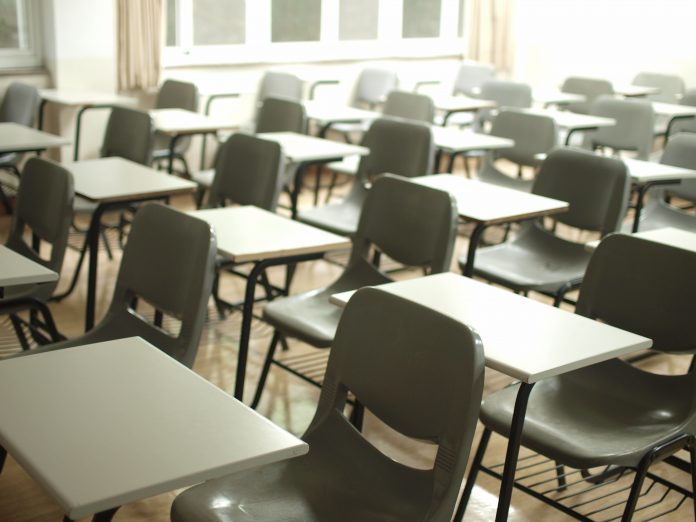The Ontario government is releasing a new policy framework, the first of its kind in Canada, as part of its strategy for school boards to protect students from the heinous crime of sex-trafficking. With the goal of keeping children and youth safe from sexual exploitation, this new strategy and framework recognizes the critical role schools can play in combatting sex-trafficking. Sadly, the majority of police reported trafficking in Canada takes place in Ontario.
The announcement was made by Stephen Lecce, Minister of Education, Sylvia Jones, Solicitor General, Jane McKenna, Associate Minister of Children and Women’s Issues, Sam Oosterhoff, Parliamentary Assistant to the Minister of Education, Daisy Wai, MPP for Richmond Hill, and Laurie Scott, MPP for Haliburton—Kawartha Lakes—Brock, who were joined by Casandra Diamond, Founder and Director of BridgeNorth Women’s Mentorship & Advocacy Service.
The Ontario government’s strategy to support school boards in combatting sex-trafficking builds on the updated Health and Physical Education curriculum for Grades 1-8, announced by Minister Lecce in 2019. That updated curriculum positioned Ontario as a leader by including mandatory learning to protect students against sex trafficking. As part of its strategy to combat human trafficking, the new policy framework requires all school boards to have a plan and anti-human trafficking protocols in place to protect students.
To support implementation of this new initiative, the Ontario government is investing $2.4 million in necessary training and resources. This will ensure school boards and school staff have the tools to recognize, identify, respond and prevent the sex trafficking of children and youth.
The Keeping Students Safe – Policy Framework for School Board Anti-Sex Trafficking Protocols sets a strong foundation for Ontario school boards to establish key partnerships and regionally tailored anti-sex trafficking protocols. School boards will collaborate with community and police organizations with the goal of having protocols in place for all provincially-funded schools in January 2022.
The new effort outlines actions school boards must take to help protect students, including:
- Raising awareness and understanding of sex trafficking, including the urgency and complexity of combating sex trafficking.
- Supporting procedures for students who are at risk or being sex trafficked, or who may be grooming and recruiting other students.
- Training school board employees, educators and administrators and other school staff.
- Establishing approaches to support accountability and evaluation.
The announcement builds on the leading efforts the Ontario government is making to protect students from human trafficking and sexual exploitation through raising awareness, including:
- Learning related to sex trafficking in the elementary Health and Physical Education curriculum. With this mandatory learning, students develop the skills to help protect themselves against human trafficking and sexual exploitation.
- Funding the development of online educator resources and classroom resources focused on the prevention of sexual exploitation of children and youth.
- Developing Ontario’s Human Trafficking Digital Education Tool: The Trap, and Speak Out: Stop Sex Trafficking, an Indigenous-focused awareness campaign.
Ontario’s strategy to combat trafficking is informed by the Ministry of Education’s Anti-Human Trafficking Working Group, which includes persons with lived experience of being trafficked, frontline community-based organizations that support survivors, Indigenous communities and organizations, representatives from Black and racialized communities, newcomers and students.
This school-based initiative is aligned with the Government of Ontario’s robust Anti-Human Trafficking Strategy, a comprehensive action plan to combat human trafficking and child sexual exploitation, which is co-led by the Solicitor General and the Associate Minister of Children and Women’s Issues.








